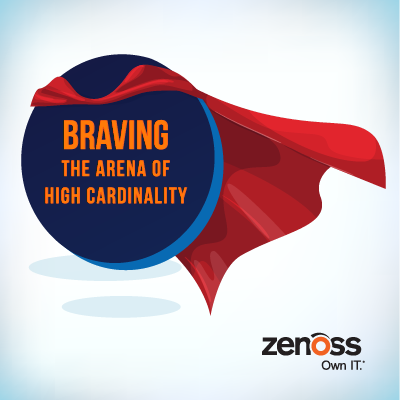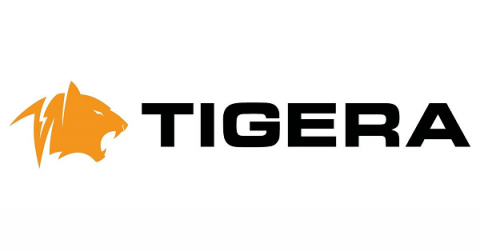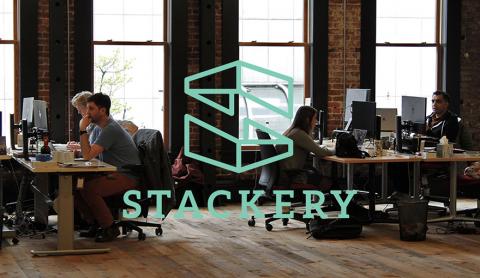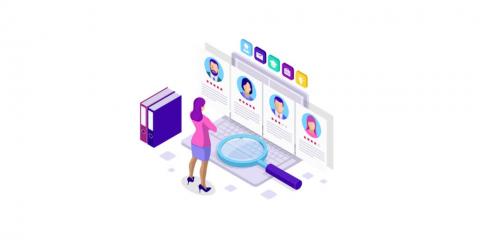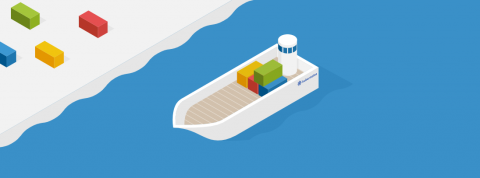Operations | Monitoring | ITSM | DevOps | Cloud
Latest News
Kubernetes Design and Development Explained
Kubernetes is quickly becoming the de facto way to deploy workloads on distributed systems. In this post, I will help you develop a deeper understanding of Kubernetes by revealing some of the principles underpinning its design.
Cloud-Side Development For All with Stackery's Free Tier
Today, I’m thrilled to announce our new free tier and pricing model for teams adopting modern serverless application development. I believe cloud-side development is the future and I want everyone to experience it at their own pace. We also now offer a model that can scale with either teams or workflows depending on how aggressively you decide to adopt cloud-side development.
Introducing k3s: The Lightweight Kubernetes Distribution Built for the Edge
Today Rancher Labs is announcing a new open source project, k3s, which is a lightweight, easy to install Kubernetes distribution geared towards resource-constrained environments and low touch operations. Some use cases in which k3s really shines are edge, ARM, IoT, and CI. The work for k3s started as a component of Rio, an experimental project we started last year.
Chaos Engineering With Ana Medina
Recently, I sat down with Ana Medina of Gremlin for a PagerDuty Community AMA! Ana is currently working as a Chaos Engineer at Gremlin, helping companies avoid outages by running proactive chaos engineering experiments. Previously, she worked at Uber as an engineer on the SRE and Infrastructure teams, where she specifically focused on chaos engineering and cloud computing. Catch her tweeting at @Ana_M_Medina about traveling, diversity in tech, and mental health.
Find and Fix Bugs Faster with Updated GitLab Integration
Peanut butter and jelly, donuts and coffee, Wendy’s Frosties and french fries — these combinations just work. We don’t ask why; we accept nature’s gift and enjoy. We hope you also accept and enjoy our gift of another great pair: Sentry and GitLab. In fact, Sentry and GitLab already go together so well that users who have installed this integration successfully resolve issues triaged in-platform 73% of the time.
DevOps interview questions: How to prepare
On LinkedIn, there are more than thirty thousand U.S.-based DevOps positions. That number may not be as high as it is for software developers, but it’s still higher than sysadmins or systems engineers. Maybe this demand has you interested in switching career paths, or maybe you want to change jobs. If that’s the case, you’re in luck. Today’s post will present some common interview questions that you’ll probably get when interviewing for a DevOps position.
Five worthy reads: The business benefits of serverless computing
Five worthy reads is a regular column on five noteworthy items we’ve discovered while researching trending and timeless topics. This week, we explore serverless computing and how it can impact business operations.
Deploying Redis Cluster on top of Kubernetes
Redis (which stands for REmote DIctionary Server) is an open source, in-memory datastore, often used as a database, cache or message broker. It can store and manipulate high-level data types like lists, maps, sets, and sorted sets. Because Redis accepts keys in a wide range of formats, operations can be executed on the server, which reduces the client’s workload. It holds its database entirely in memory, only using the disk for persistence.
Navigating Network Services and Policy With Helm
Deploying an application on Kubernetes can require a number of related deployment artifacts or spec files: Deployment, Service, PVCs, ConfigMaps, Service Account — to name just a few. Managing all of these resources and relating them to deployed apps can be challenging, especially when it comes to tracking changes and updates to the deployed application (actual state) and its original source (authorized or desired state).


